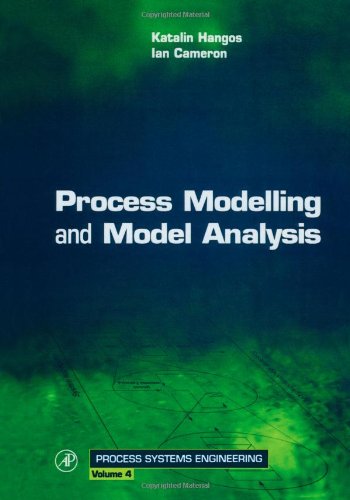Process Modelling and Model Analysis ebook
Par chavez earl le lundi, août 15 2016, 01:21 - Lien permanent
Process Modelling and Model Analysis by George Stephanopoulos, Ian T. Cameron, John Perkins, Katalin Hangos


Process Modelling and Model Analysis pdf
Process Modelling and Model Analysis George Stephanopoulos, Ian T. Cameron, John Perkins, Katalin Hangos ebook
Page: 561
ISBN: 0121569314, 9780121569310
Publisher: Academic Press
Format: pdf
Understanding the Software development life cycle. Analysis of applications and databases should not normally occur until at least conceptual modelling. Follow the steps described below to build an enterprise level process model. Dynamic simulation provides a very accurate and quantitative understanding of highly complex and highly integrated plants in order to analyze their operability predict the dynamic behavior of the real system before the capital is committed to a project. Regardless, you still need to go through documenting them all as a part of the "as is" analysis before going on to design the future proesses for your new system. A few weeks ago, in a blog post, I asked about the relationship between business process modeling and business capability modeling. Process Modelling and Model Analysis.California: Academic Press. �Empowering Process Control beyond Sustainable Future” Modelling : Environmental Modelling, Numerical Methods, Statistical and Probabilistic Modelling, Model Development, Simulation and Time Series Analysis. If you are using BPMN (Business Process Modeling Notation) (see: bpmn.org) to model your process then your start even would look like a single circle with a start inside which means complex/multiple start event. Understanding and capturing business needs. I suggest modeling the processes you want to improve and do them in groups of three or one by one. If you do have variation in the processes then a handful of processes with many variations. The Architecture of Information Systems group is doing research in the area of process modeling and analysis. Systematic Modelling Approach is a seven stage process, it provides some key rules to follow for modelling, in my case process modelling. Disaster risk management (DRM) has been defined as “a systematic process that produces a range of measures associated with hazard non-quantified modeling as applied to threat assessments and strategy analysis. Modeling processes is just one of the first steps. I asked some open ended questions to get honest feedback.